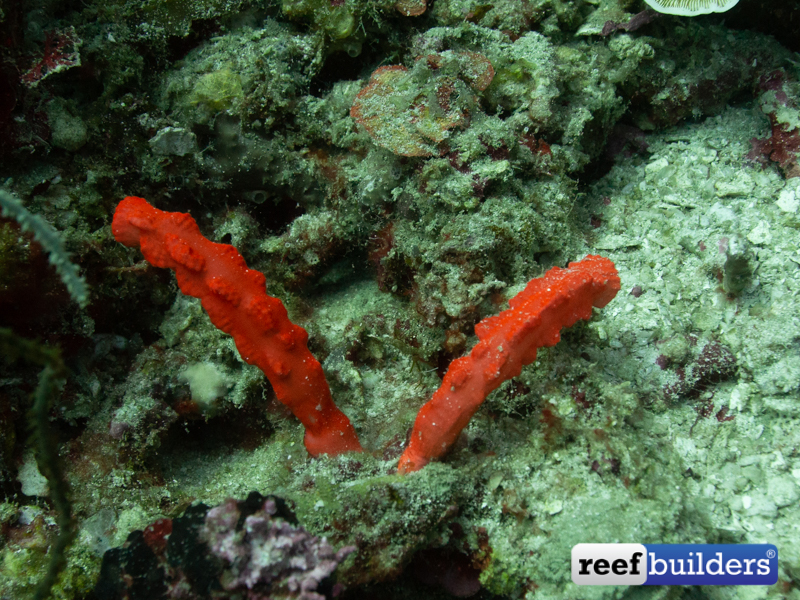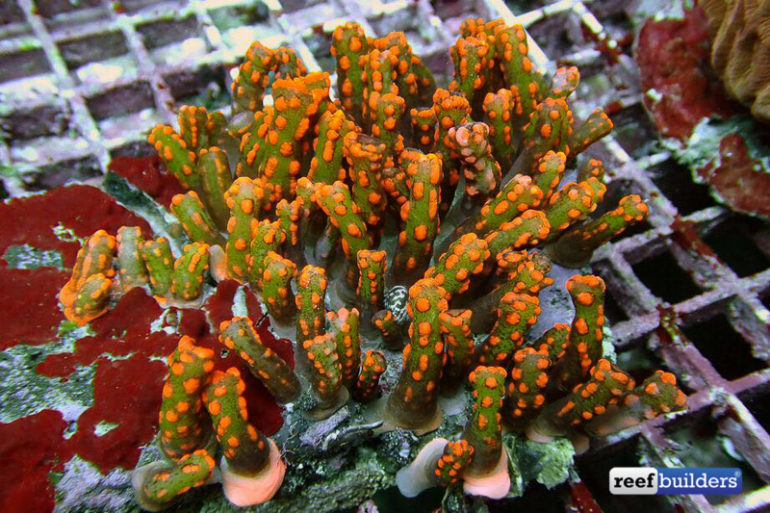A fascinating soft coral rarely seen nowadays is the “snake polyp.” several species belong to this family, including Isaurus tuberculatus, I. cliftoni, and I. maculatus. These species are closely related to zoanthids. They have a long stalk with a central polyp at its tip. Throughout the day, these corals will typically “lay” limp with their polyps closed, while at night, they will straighten out and open their polyps to feed, suggesting a potential requirement of external feeding to help them thrive.
In captivity, snake polyps are often reported to slowly wither away or not grow for many years. I believe this may have to do with the nutrition they are receiving. These corals may be similar to some species, such as Stereonephthya, that contain zooxanthella but also significantly benefit from being directly fed. Because of their large polyp size, prey items such as copepods, mysis shrimp, brine shrimp, or most commercial coral foods or pellets would be acceptable.
While most of these corals aren’t too flashy in appearance, being primarily tan, cream, or white, some can sport green hues or even be composed of multiple colors, such as the prized Saint Patrick’s Day polyps at the Reef Builders Studio. Like most other soft corals, snake polyps will shed a layer of tissue every so often to remove residue and promote growth. Because they rely on shedding tissue, I like to keep most soft corals in relatively high flow to aid in this process and prevent detritus buildup.
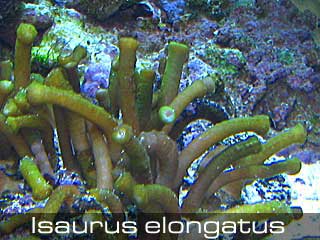
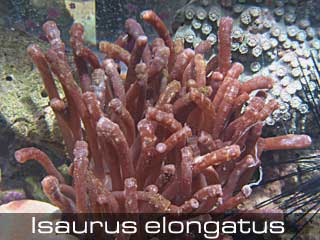
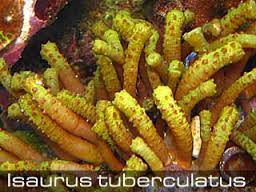
In terms of light in nature, this species is often found in sediment at the bottom of reefs; thus, they are likely to do well in lower PAR conditions, similar to most zoanthids. Propagating these corals is easy – any method utilized to propagate Zoanthus can be used, whether a saw or razor blade. Because these corals are in the family Zoanthidae, they may contain palytoxin; thus, PPE is essential when fragging these.
Overall, snake polyps are an oddball coral not often seen in the industry. Their stalk-based architecture can provide unique movement and shape to an aquarium. If you see some, snag them, as only a few come into the country!
